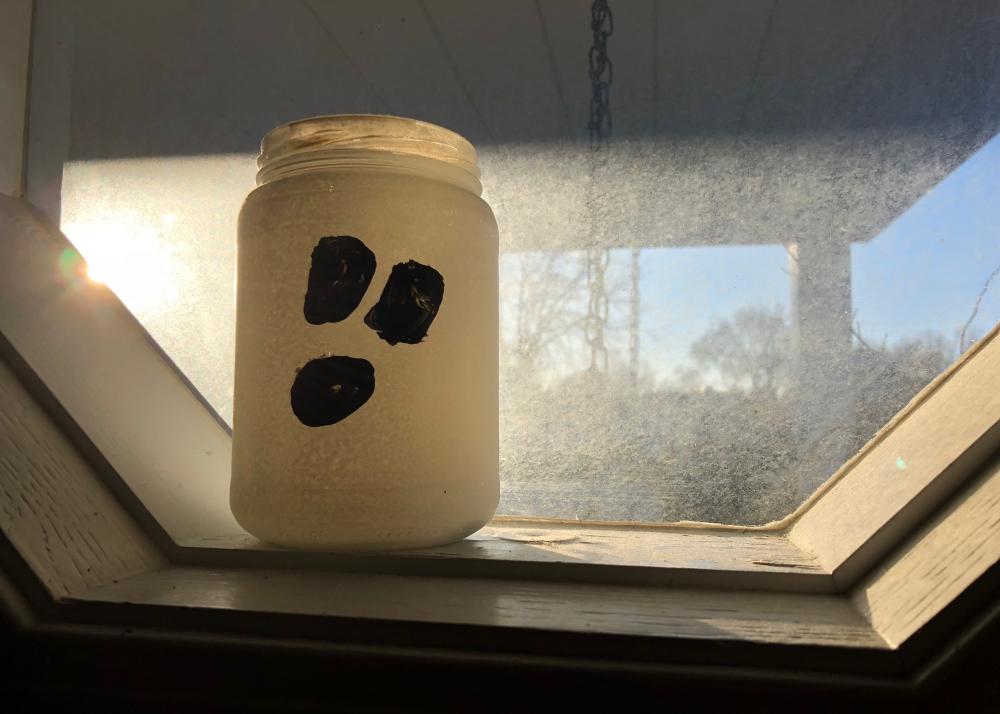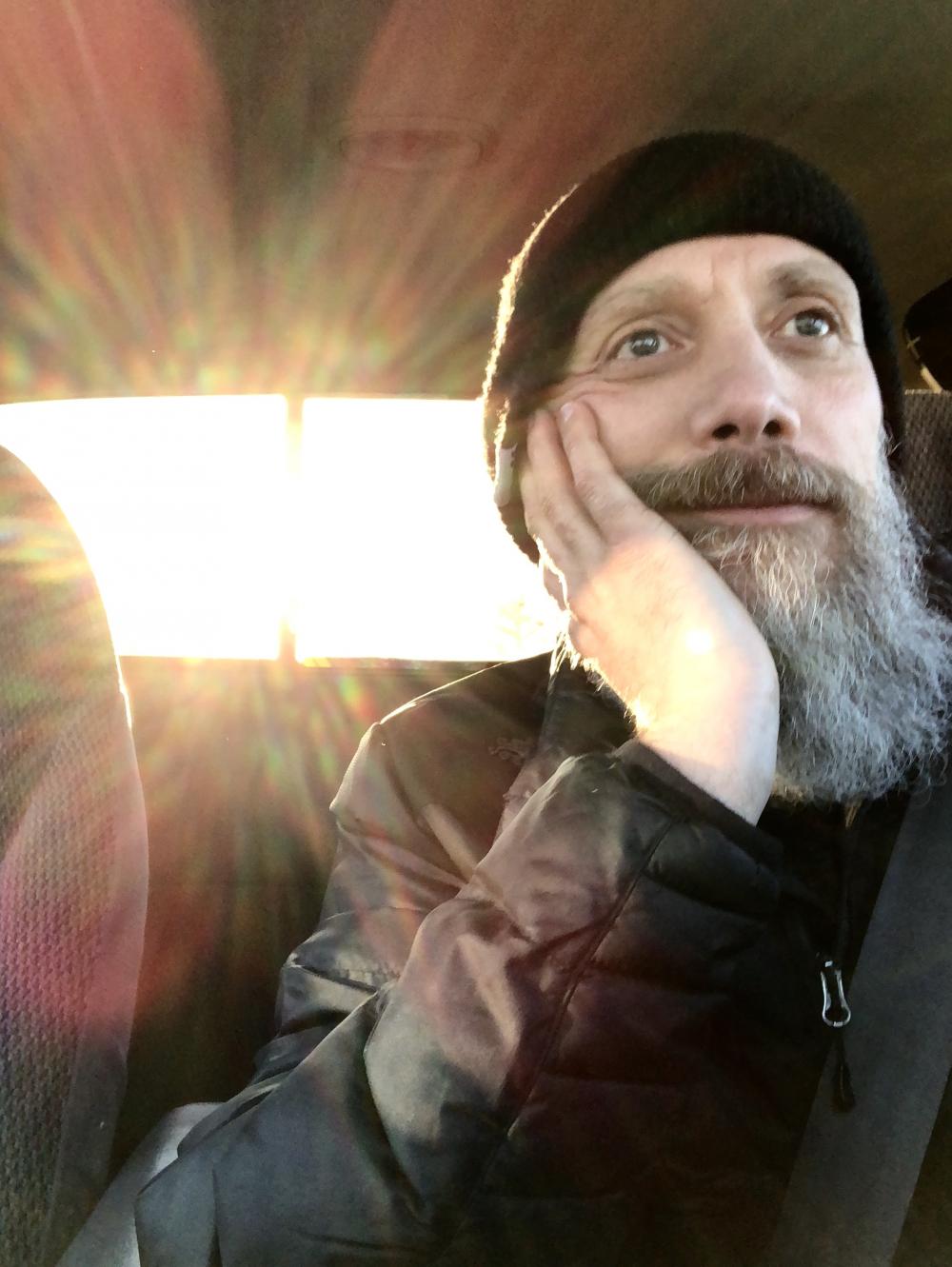
Happy Friday, peeps, this second of February.
New to the site? Create an account →
 tcr!
· Feb 1, 2018 at 7:03 pm
tcr!
· Feb 1, 2018 at 7:03 pm
I hate the word “pontificating.” Don’t ever say that.
Stacie T
· Feb 1, 2018 at 7:30 pm
I, good sir, hate when I have to listen to someone pontificate about what words I should use while I’m pontificating about the tings that I don’t like 🧐
 keamoose
· Feb 1, 2018 at 8:55 pm
keamoose
· Feb 1, 2018 at 8:55 pm
Are you pontificating about pontificating?
 Momma J
· Feb 1, 2018 at 10:07 pm
Momma J
· Feb 1, 2018 at 10:07 pm
Why? It’s kind of fun to say - 4 syllables
 fivewayrack
· Feb 2, 2018 at 5:53 am
fivewayrack
· Feb 2, 2018 at 5:53 am
I cannot disagree!
 tism
· Feb 2, 2018 at 8:18 am
tism
· Feb 2, 2018 at 8:18 am
A pontiff pontificates? New meaning…pontificate =”popeify” stuff.
Lisette
· Feb 1, 2018 at 10:45 pm
Oooh that’s one I really like
elongdo
· Feb 1, 2018 at 10:53 pm
We nicknamed a guy I used to work with “The Great Pontificator.” It was not a compliment.
Brittany Smith
· Feb 2, 2018 at 2:01 am
Whaaattt?!
 tcr!
· Feb 2, 2018 at 8:51 am
tcr!
· Feb 2, 2018 at 8:51 am
Yep.
Engelhardt
· Feb 2, 2018 at 5:51 am
It makes me think of a really tall hat
fiatlux423
· Feb 2, 2018 at 6:00 am
It’s a good word Trevor
 tcr!
· Feb 2, 2018 at 7:03 am
tcr!
· Feb 2, 2018 at 7:03 am
Okay fine, you can say that. But only if when talking you also use words of the same caliber in conjunction.
One does not simply declare, “I was pontificating about ponies.”
 keamoose
· Feb 2, 2018 at 7:58 am
keamoose
· Feb 2, 2018 at 7:58 am
Ponies are among the most likely things I would pontificate about.
 tcr!
· Feb 2, 2018 at 8:32 am
tcr!
· Feb 2, 2018 at 8:32 am
They share the same first three letters so that works.
Ryan Waters
· Feb 2, 2018 at 8:58 pm
If they did make that declaration I’d be tempted to declare “you are a ponies’ arse!”
 tcr!
· Feb 2, 2018 at 8:31 am
tcr!
· Feb 2, 2018 at 8:31 am
It’s like eating chick nuggets, french fries, with a side of crème brûlée.
 keamoose
· Feb 2, 2018 at 8:34 am
keamoose
· Feb 2, 2018 at 8:34 am
That sounds delicious!!
 tcr!
· Feb 1, 2018 at 4:44 pm
tcr!
· Feb 1, 2018 at 4:44 pm

I set a 10 second delay on my phone and let it take random pictures on the way home from work. This was my favorite. I have no idea what I was thinking about other than it must’ve been something good.
 Hater McGhray
· Feb 1, 2018 at 5:00 pm
Hater McGhray
· Feb 1, 2018 at 5:00 pm
Probably Star Wars
 Momma J
· Feb 1, 2018 at 6:57 pm
Momma J
· Feb 1, 2018 at 6:57 pm
Deeeep in thought!
fiatlux423
· Feb 1, 2018 at 7:16 pm
Memes
 marney0160
· Feb 3, 2018 at 11:53 am
marney0160
· Feb 3, 2018 at 11:53 am
I think the alien ship coming down behind you must have made your mind go blank! 👽👽👽
 tcr!
· Feb 3, 2018 at 12:37 pm
tcr!
· Feb 3, 2018 at 12:37 pm
If only it would’ve been a true close encounter!
 tcr!
· Feb 1, 2018 at 2:39 pm
tcr!
· Feb 1, 2018 at 2:39 pm
I won’t hold it against you, I like closure.
I said that to somebody a couple of weeks ago and I sincerely meant it. Thinking about it now I’m still amazed that those words came out of my mouth. That kind of person is not who I was for I don’t know how long, like the better part of my life.
Sometimes I wonder who the hell is talking because it sure as hell ain’t me.
I suppose if we seek we shall find.
 tcr!
· Jan 31, 2018 at 7:37 pm
tcr!
· Jan 31, 2018 at 7:37 pm

Check out Livia Italian Eatery in Geneva when you get a chance. I had the Blackened Fish Sandwich and I couldn’t even eat the whole bastard.
 Momma J
· Jan 31, 2018 at 11:53 pm
Momma J
· Jan 31, 2018 at 11:53 pm
Happy Days!
 jimi hindrance experience
· Feb 1, 2018 at 7:41 am
jimi hindrance experience
· Feb 1, 2018 at 7:41 am
Vita Bella! Lucky fella, etc.
Ryan Waters
· Feb 2, 2018 at 9:11 pm
Good looking couple, but cool, smart, and sane as well !
Love you both!
 tcr!
· Feb 2, 2018 at 9:20 pm
tcr!
· Feb 2, 2018 at 9:20 pm
❤️❤️❤️
 tcr!
· Jan 31, 2018 at 4:46 pm
tcr!
· Jan 31, 2018 at 4:46 pm
Here on Earth, the rest of us mortals will keep you in our hearts and our minds, and we’ll respect you ‘til the end of time. Because it ain’t easy bein’ us without you. Thank you Rodney.
— Michael Bolton
I went down a rabbit hole after reading Letter of Recommendation: Rodney Dangerfield.
 tcr!
· Jan 31, 2018 at 11:13 am
tcr!
· Jan 31, 2018 at 11:13 am
Peeps, here’s your numbers-beyond-what-you-can-dial Wednesday jam.
Whenever I see Adam Horovitz I think of the late 80s Lost Angels movie he was in with Donald Sutherland. You guys ever see that? It was little corny, soap opera-ish but definitely worth watching. I couldn’t find it on Netflix but you can get the DVD from Amazon for only $20.
While you’re out there checking out the renegade youth genre be sure to watch 1979’s Over the Edge with Matt Dillon and My Bodyguard from 1980. I always wanted a friend like Ricky Linderman.
Anyways, I need to put together a film crew and head over to Japan. North Aurora or South Elgin might be closer. Make some low budget robot/monster movies. Maybe just make them at home. Maybe this Saturday afternoon/evening. Who’s in?
 tcr!
· Jan 30, 2018 at 3:40 pm
tcr!
· Jan 30, 2018 at 3:40 pm
 Count of individual podcasts listened to, meaning this month people listened to 49 of my 54 podcasts. How many times they listened to them is a different story but I don’t share those details. 😉
Count of individual podcasts listened to, meaning this month people listened to 49 of my 54 podcasts. How many times they listened to them is a different story but I don’t share those details. 😉
I’m still getting people listening and subscribing to my podcast even though I haven’t added one since the end of November.
I should get that fired up again since I’m sure more people are listening to it than reading my magazine. I got two recorded that I still need to edit, too.
Trust me, I absolutely love making them but it all comes down to the number of hours in a day.
Podcast Listeners Really Are the Holy Grail Advertisers Hoped They’d Be got me thinking about all that again.
 tcr!
· Jan 30, 2018 at 9:16 pm
tcr!
· Jan 30, 2018 at 9:16 pm
I just counted and have 26 blog posts I shallwould record as podcasts.
I better get busy if I want to get us out of here before nightfall.
 tcr!
· Jan 30, 2018 at 1:52 pm
tcr!
· Jan 30, 2018 at 1:52 pm

This is totally the kind of thing I’d sell if I owned The Boring Company.
They’re also hiring for a Senior Tunnel Design Engineer if you’re into that kinda thing.
Source: arstechnica.com/…/elon-musk-is-selling-a-boring-company-flamethrower-because-why-not/
 keamoose
· Jan 31, 2018 at 2:29 pm
keamoose
· Jan 31, 2018 at 2:29 pm
Wow… they actually are selling an extinguisher to go with it. I think they’ve missed out by not calling it the “Old Flamethrower” though. “What’s this?” “Oh, just a Boring Old Flamethrower.”
 tcr!
· Jan 31, 2018 at 8:46 pm
tcr!
· Jan 31, 2018 at 8:46 pm
You should solicit their marketing department!
← Newer Older → Page 181 of 622 Page 1 ← Page 11 ← Page 21 ← Page 31 ← Page 41 ← Page 51 ← Page 61 ← Page 71 ← Page 81 ← Page 91 ← Page 101 ← Page 111 ← Page 121 ← Page 131 ← Page 141 ← Page 151 ← Page 161 ← Page 171 Page 191 → Page 201 → Page 211 → Page 221 → Page 231 → Page 241 → Page 251 → Page 261 → Page 271 → Page 281 → Page 291 → Page 301 → Page 311 → Page 321 → Page 331 → Page 341 → Page 351 → Page 361 → Page 371 → Page 381 → Page 391 → Page 401 → Page 411 → Page 421 → Page 431 → Page 441 → Page 451 → Page 461 → Page 471 → Page 481 → Page 491 → Page 501 → Page 511 → Page 521 → Page 531 → Page 541 → Page 551 → Page 561 → Page 571 → Page 581 → Page 591 → Page 601 → Page 611 → Page 621 → Page 622
Is it Februween already?
Yep, I like celebrating it so much more than the Groundhogs.
Reply
Post
I do not see chains - and a very happy February 2 to you also!
Chains are outside the window.
I see
Reply
Post